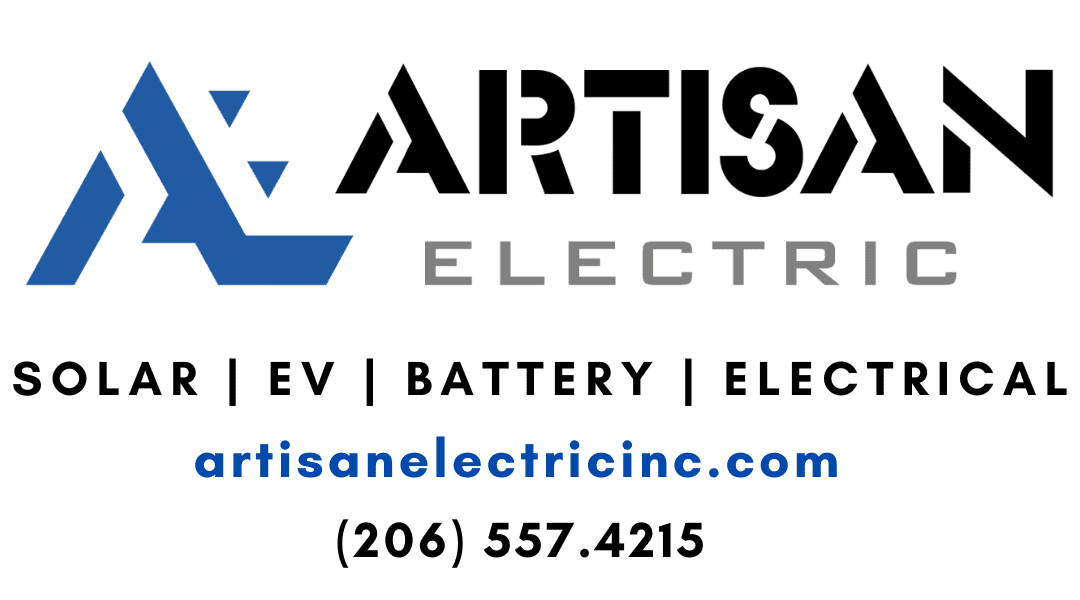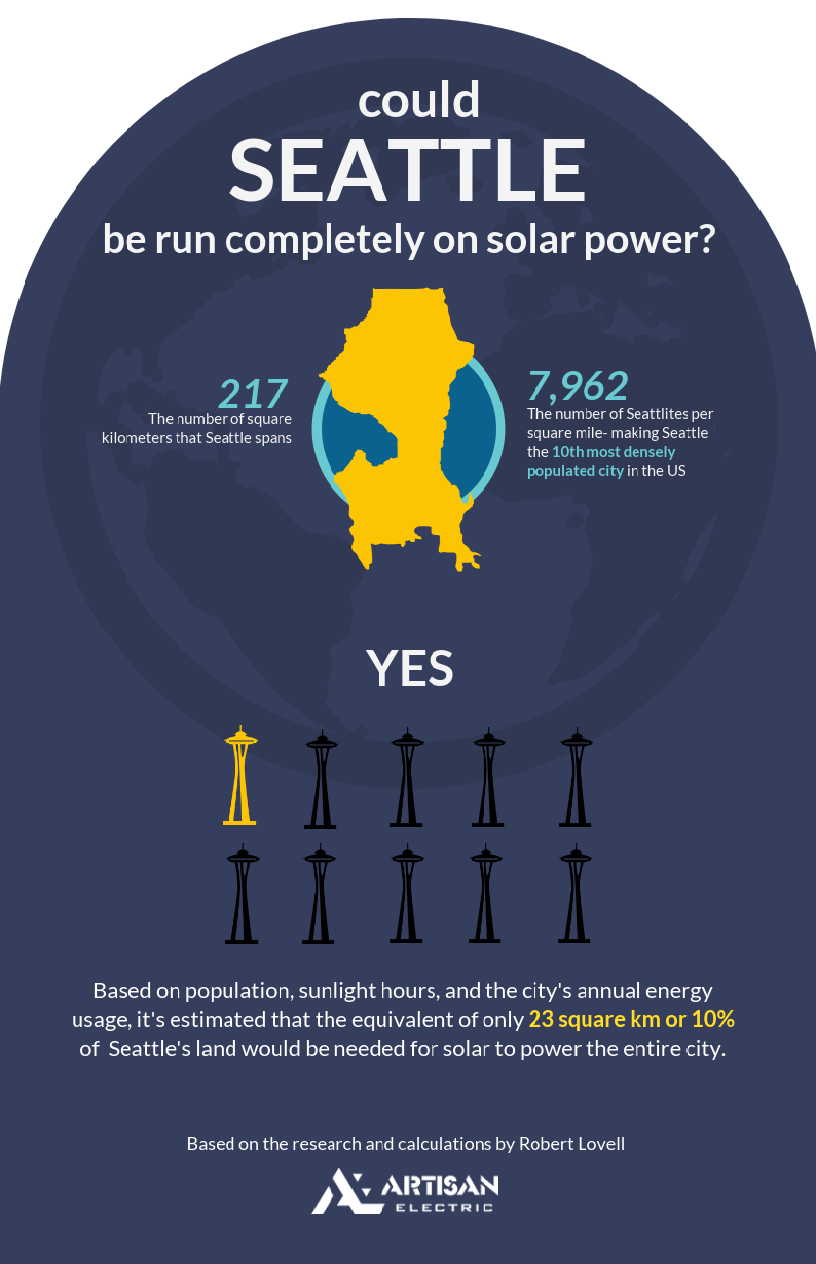Bringing sun to the rain city – could Seattle be run completely on solar power?
While Seattle isn’t exactly known for sunshine, solar power offers a particularly promising renewable energy solution. The US Department of Energy claim that more power from the sun hits the earth in an hour than the entire world population uses in a year
Despite its reputation, Seattle gets 2019 sunshine hours per year – with this abundance of energy theoretically more than enough to power the city easily.
While these numbers demonstrate the potential of solar as a renewable energy source, last year, solar power only accounted for 0.39% of energy usage across the country. While the potential for solar is apparent, this energy is not yet being captured effectively.
Why are we not utilizing solar energy?
There are numerous reasons for our failure to fully utilize the potential of solar energy, with technology representing a particularly major issue. At present, the batteries that store solar energy are not efficient enough to store the quantities needed to power cities on a large enough scale.
This, however, is a temporary issue, and as technology continues to develop, solar energy will become increasingly viable. Scientists estimate that even solar panels that can harvest just 20% of the sun’s rays would be efficient enough to effectively power the world by 2030.
According to the Land Art Generator Initiative, if we were able to generate solar energy at this rate, then we’d only need an area of solar panels around the size of Spain to power the entire world.
Powering Seattle
Based on these estimates, it is possible to assess how effective solar energy could be at powering the biggest cities from around the world. Cities are often densely populated areas, in fact 52% of the world’s population live in cities, with this figure likely to grow in the future.
Despite these growing numbers, even the most densely populated urban areas could be effectively run on solar power, and Seattle is no different.
While still someway behind metropolitan areas like New York and San Francisco, Seattle’s population density has grown considerably in the last few years, with the City of Goodwill now in the top 10 most densely populated U.S cities.
Seattle has a population of around 700,000 people, spread across an area of 217 square kilometers. By taking these figures, alongside sunshine hours and the city’s annual energy consumption (based on national data from the International Energy Agency), it is possible to estimate how much land would be needed to power Seattle with solar panels alone.
According to this method, we would need an area equivalent to 23 square kilometers for solar panels, which amounts to just 10% of the existing city area. Once divided up across the whole city, a surprisingly small space would be required to effectively run Seattle by solar power alone.
While we are still a few years away from the technology required to realize this enormous potential, the future for the rain city looks very sunny indeed.
Robert Lovell
Robert Lovell is a writer and designer based in the north of England. When he’s not contributing to the RS Components blog and numerous other publications, he writes fiction and plays in a sub-par rock band.


